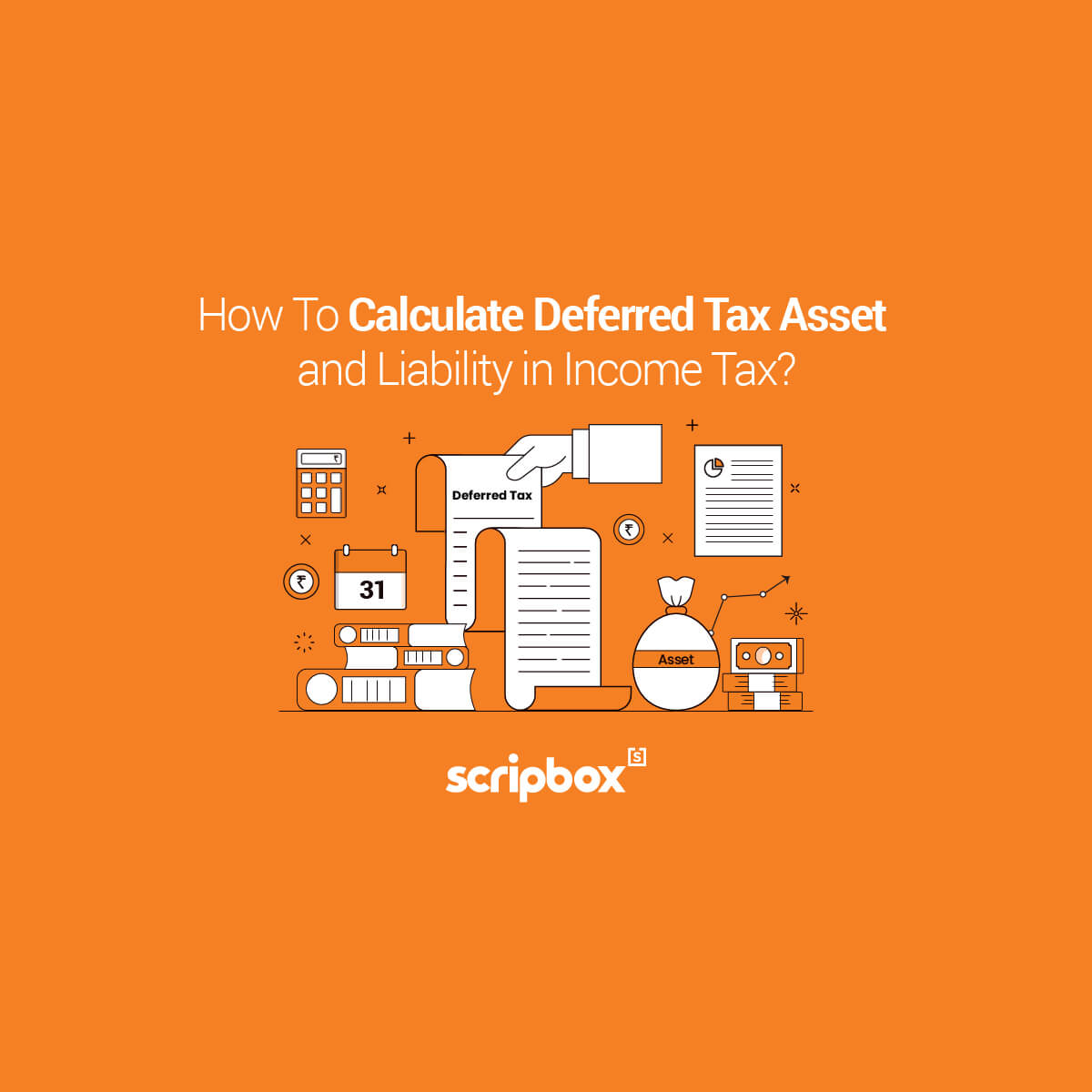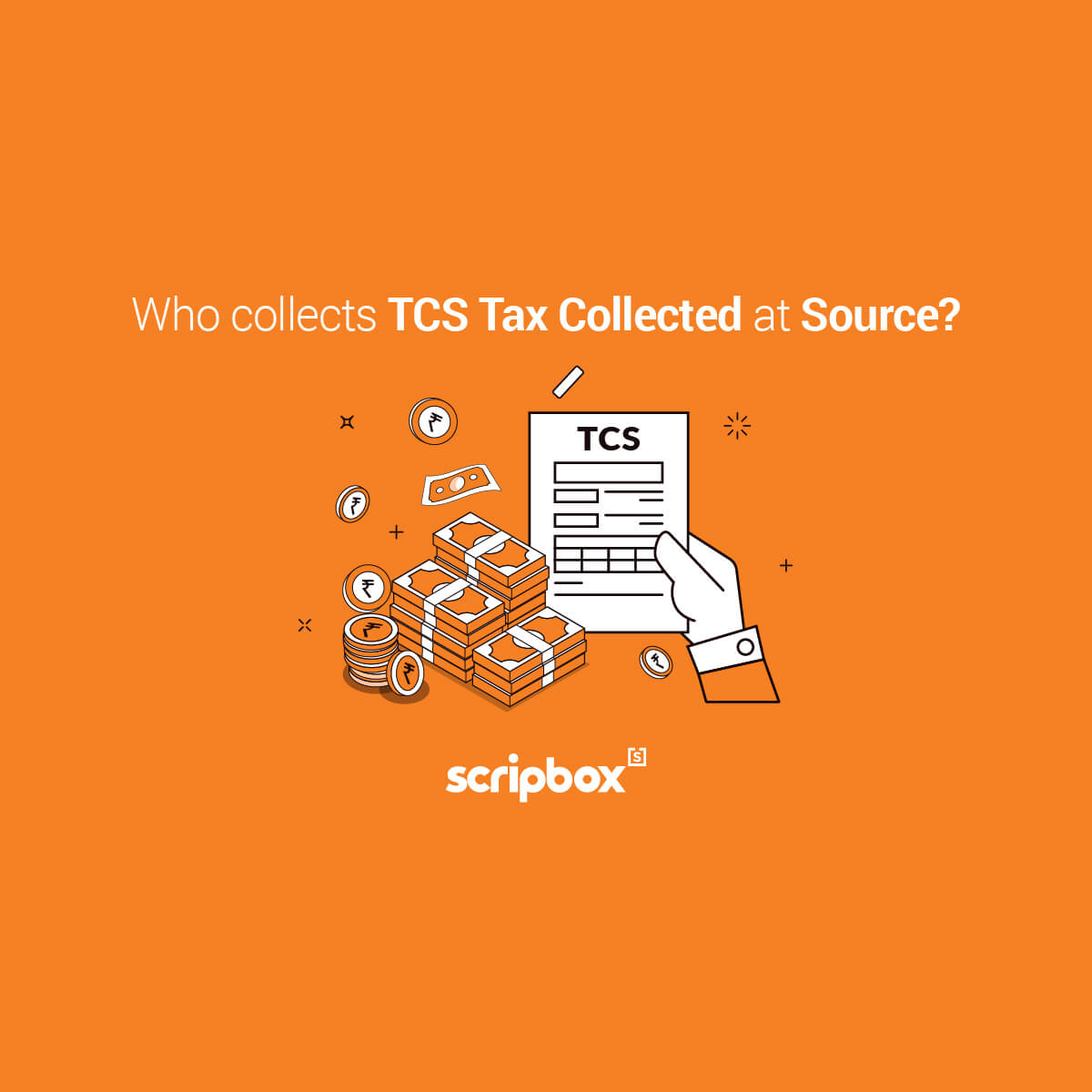What is DTAA in India?
DTAA stands for Double Taxation Avoidance Agreement, which is a bilateral agreement between India and another country. The purpose of DTAA is to prevent double taxation of the same income in both countries.
India has signed DTAA with more than 90 countries around the world to provide relief from double taxation. The agreement determines the taxation rights of both countries on various types of income, including business income, dividends, interest, royalties, capital gains, and salaries.
Under the DTAA, if an individual or business earns income in one country and is a resident of the other country, the income is taxed only in one of the countries. The taxpayer can choose to pay taxes in either the country of residence or the country where the income was earned, whichever is more beneficial for them.
DTAA also provides for the exchange of information and assistance in tax collection between the two countries, which helps to prevent tax evasion and tax fraud.
Overall, DTAA plays an important role in promoting trade and investment between India and other countries by removing barriers to cross-border taxation and promoting fairness and transparency in tax treatment.
Who is Eligible for Double Taxation Avoidance Agreement DTAA in India?
In India, a person is eligible for the benefits of the Double Taxation Avoidance Agreement (DTAA) if they are a resident of India and have earned income from a country with which India has signed a DTAA. The term ‘resident’ refers to a person who meets either of the following criteria:
- A person who has stayed in India for 182 days or more during the financial year, or
- A person who has stayed in India for 60 days or more during the financial year and 365 days or more during the four years immediately preceding the financial year.
If a person is a resident of India, they can claim the benefits of the DTAA by obtaining a Tax Residency Certificate (TRC). The TRC serves as proof of residence in India. It is a mandatory document to claim the benefits of the Double Taxation Avoidance Agreement.
The eligibility for DTAA benefits may vary depending on the specific terms of the DTAA between India and other country. Therefore, it is always advisable to consult a tax expert or seek guidance from the relevant authorities. It will help you to understand the eligibility criteria and procedures for claiming the benefits of the DTAA.
What are the Benefits of DTAA in India?
- Avoidance of Double Taxation: It ensures that individuals or companies do not pay taxes on the same income in both countries. This is especially important for businesses that operate in multiple countries, as it can help them to avoid a significant tax burden.
- Promotes Cross-Border Investment: DTAA can encourage cross-border investment by reducing the tax burden on foreign investors. This can lead to increased foreign investment in India, creating jobs, boosting economic growth, and improving the country’s infrastructure.
- Facilitates Trade: DTAA can also facilitate trade between countries by reducing the tax burden on businesses engaged in cross-border trade. This can make it easier for Indian businesses to compete in international markets and can also attract foreign businesses to India.
- Avoidance of Double Taxation on Capital Gains: The DTAA also covers the taxation of capital gains, which is a significant benefit for investors. It helps in avoiding double taxation of capital gains earned by investors in both countries.
- Increased Transparency: DTAA agreements require both countries to exchange information and cooperate in the enforcement of tax laws. This increased transparency can help to reduce tax evasion and promote a fairer and more efficient tax system.
Overall, DTAA can have a significant impact on India’s economy by promoting cross-border investment, facilitating trade, and reducing the tax burden on businesses and individuals.
What are the Methods of Double Taxation Avoidance Agreement DTAA?
There are two methods of providing relief from double taxation under DTAA in India:
Exemption Method
The exemption method provides that the income taxed in one country is exempt from tax in the other country. Under this method, the taxpayer is taxed only in the country of residence. And the source country provides an exemption on the income earned in that country.
For example, if a United States resident earns income from a business in India, it will be taxable in India. However, if the US resident pays tax on the same income in the US, then they can claim an exemption on that income in India as per the DTAA between India and the US.
Tax Credit Method
The tax credit method provides that the income that is taxed in one country is allowed as a credit against the tax payable in the other country. Under this method, the taxpayer is taxed in both countries but is allowed to claim a credit for taxes paid in one country against the tax liability in the other country.
For example, if a resident of India earns income from a business in the US and pays tax on that income in the US, they can claim a credit for the tax paid in the US against their tax liability in India as per the DTAA between India and the US.
The method of relief from double taxation depends on the provisions of the relevant DTAA between India and the other country. The appropriate method may vary depending on the nature of the income, the tax laws of both countries, and the residency status of the taxpayer.
What are the Documents Required To Claim DTAA in India?
If you are a resident of a country that has a (DTAA) then you will need to provide certain documents to the Indian tax authorities. The documents required may vary depending on your specific circumstances and the terms of the DTAA. However, the following are some general documents that may be required:
- Tax Residency Certificate (TRC): This is a certificate issued by the tax authorities of your country of residence that certifies that you are a resident of that country for tax purposes. The TRC must be valid for the relevant financial year for which you are claiming DTAA benefits.
- Self-declaration: You may be required to provide a self-declaration stating that you are a resident of the country with which India has a DTAA. And that you are eligible to claim benefits under the agreement.
- Form 10F: This is a form that you need to fill out to claim benefits under the DTAA. It contains details such as your name, address, tax identification number, and the relevant provisions of the DTAA that you are relying on.
- Income and tax documents: You may also be required to provide documents such as your tax returns, financial statements, and other income and tax-related documents to support your claim for DTAA benefits.
- Other supporting documents: Depending on your specific circumstances, you may also need to provide other documents such as proof of residency, proof of tax paid in your country of residence, and other relevant documents.
The exact documents required may vary depending on the specific provisions of the DTAA and the discretion of the Indian tax authorities.
Double Taxation Avoidance Agreement DTAA Rates in India with Different Countries
The DTAA rates differ for every country since this rate is determined by each country in their agreement with India.
| Country | DTAA Rate |
| United States of America | 15% |
| United Kingdom | 15% |
| Canada | 15% |
| Australia | 15% |
| Germany | 10% |
| South Africa | 10% |
| New Zealand | 10% |
| Singapore | 15% |
| Mauritius | 7.5% to 10% |
| Malaysia | 10% |
| UAE | 12.5% |
| Qatar | 10% |
| Oman | 10% |
| Thailand | 25% |
| Sri Lanka | 10% |
| Russia | 10% |
| Kenya | 10% |
Discover Recent Posts
- Income Tax for NRIs
- Income Tax Slab 2025
- How to Save Tax on Salary on 12 Lakhs
- Income on Profit from Business or Profession
- What is Cost Inflation Index
Related Articles
- What is DTAA in India?
- Who is Eligible for Double Taxation Avoidance Agreement DTAA in India?
- What are the Benefits of DTAA in India?
- What are the Methods of Double Taxation Avoidance Agreement DTAA?
- What are the Documents Required To Claim DTAA in India?
- Double Taxation Avoidance Agreement DTAA Rates in India with Different Countries
















Show comments